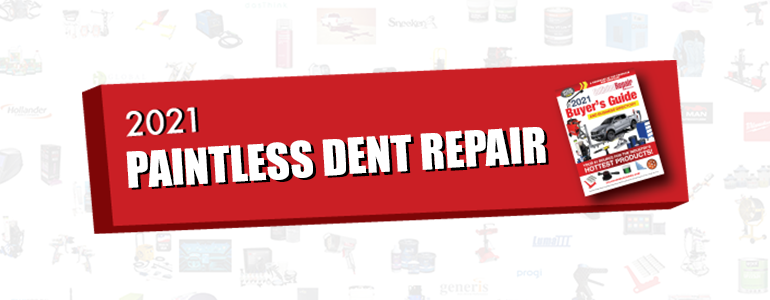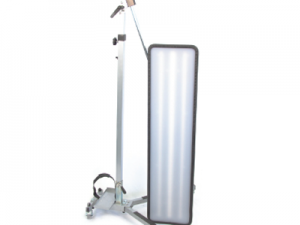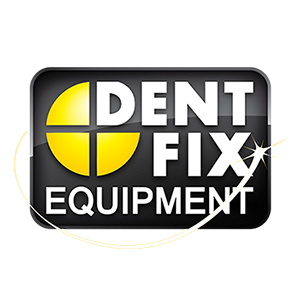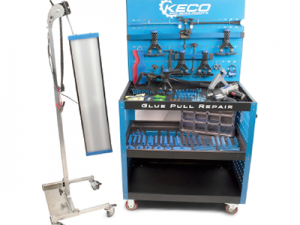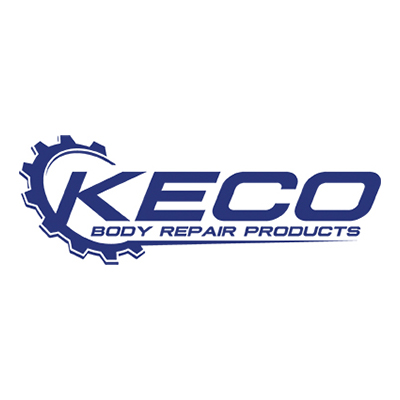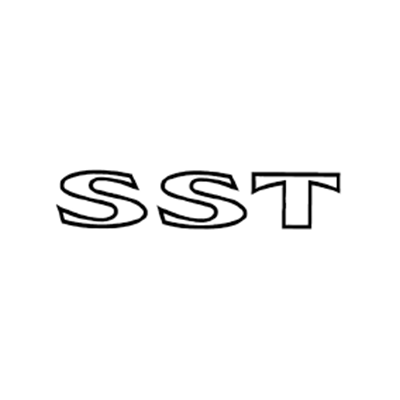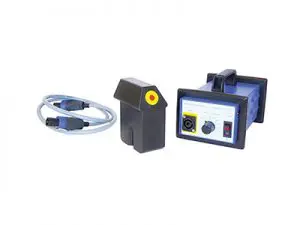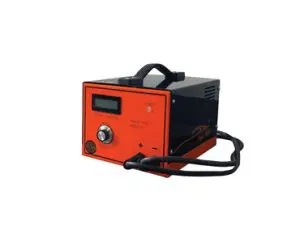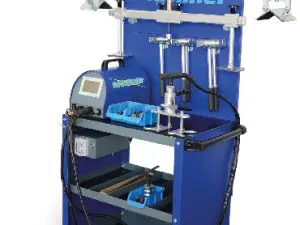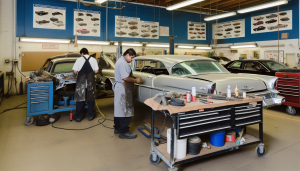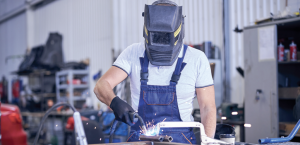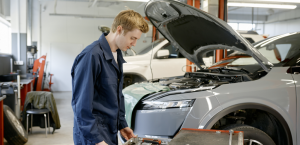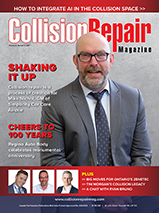UNDENTED OPPORTUNITIES
WHY PDR PROVIDERS ARE THRIVING EVEN AS THEIR TECHNIQUES GO MAINSTREAM
 The paintless dent repair sector’s transition from a specialized service into a mainstay service of progressive auto repairers everywhere has been rapid. For many facilities, however, the advantages offered by working with a PDR provider still outweigh bringing those services in-house.
The paintless dent repair sector’s transition from a specialized service into a mainstay service of progressive auto repairers everywhere has been rapid. For many facilities, however, the advantages offered by working with a PDR provider still outweigh bringing those services in-house.
Part of the reason these third-party services remain successful is that, while the basics of PDR are now being taught in mainstream collision repair training programs, a few providers have taken the technique far beyond the basics.
“PDR is a game real game-changer. Working with PDR firms can bring in business to collision facilities, improve cycle times, and improve a businesses relationship with customers and auto insurers,” says Domenic Serra of PDR Canada. “It is a win-win-win.”
When hail strikes, it can be difficult for these repair facilities to offer competitively priced hail repair solutions.
“Collision repair facilities can promote PDR on dents that are not related to collision repair to increase sales,” says Ricky Chin of Hail Specialists. “They can offer discounts on dent repair while having collision repair done. Most vehicles have door dents on them, it is more convenient for clients to have the dents fixed while their vehicles are in the bodyshop than to bring their vehicles in just to get some small dents fixed.”
Like Chin, Devon Fenton of DCC Hail believes that the business case for working with a subcontracted PDR firm is one that many firms would be wise to consider.
“I’d encourage collision industry representatives to view PDR companies as partners. Partnering with an established PDR company and potentially incorporating some of the collision repair PDR methods available can really help a shop increase its bottom line,” says Fenton.
Bing Wong of Canadian Hail Repair also makes the case for subcontracting PDR work, and says that subcontracted services have significant advantages over hiring in-house PDR technicians full-time.
“Your best option is to partner with a reputable PDR company who has a strong mix of work and a large team of technicians,” says Wong. “If you train your own staff they will leave as soon as your work dries up or as soon as there is a major hailstorm.”
Fenton also points out that this relationship between collision facility and PDR service provider can be a two-way street. “Just like good bodyshops, established and reputable PDR vendors don’t massively discount their work, but will provide better repairs leading to repeat clients,” says Fenton.
“PDR companies with DRP relationships may also have the ability to drive work to bodyshop partners. In fact, I have started to see some of our collision partners advertising the fact that they offer PDR services for hail damage,” says Serra. “They know it is what drivers are looking for.”
-

MotionLED System
Read more0 out of 5 -


Maxi DF-505/220V
Read more0 out of 5 -

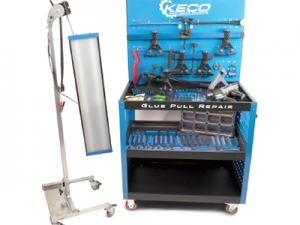
Glue Pull Repair Manager Kit
Read more0 out of 5 -

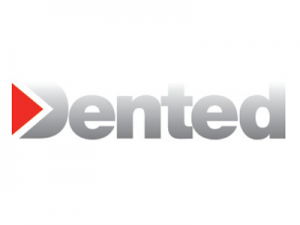
Dented Paintess Repair
Read more -


Inductor Pro-Max Flameless Heat System
Read more0 out of 5 -

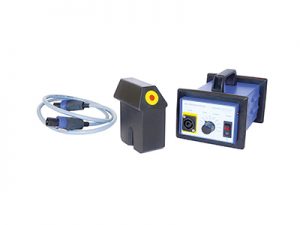
Alu T-hotbox
Read more0 out of 5 -

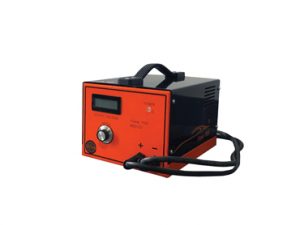
Power PDR Box
Read more -


Flatliner Panel Repair System
Read more0 out of 5



